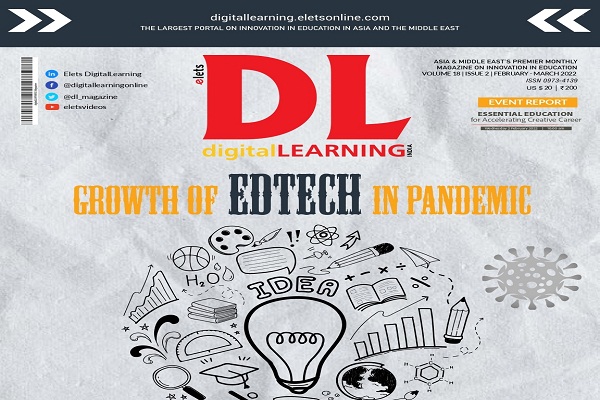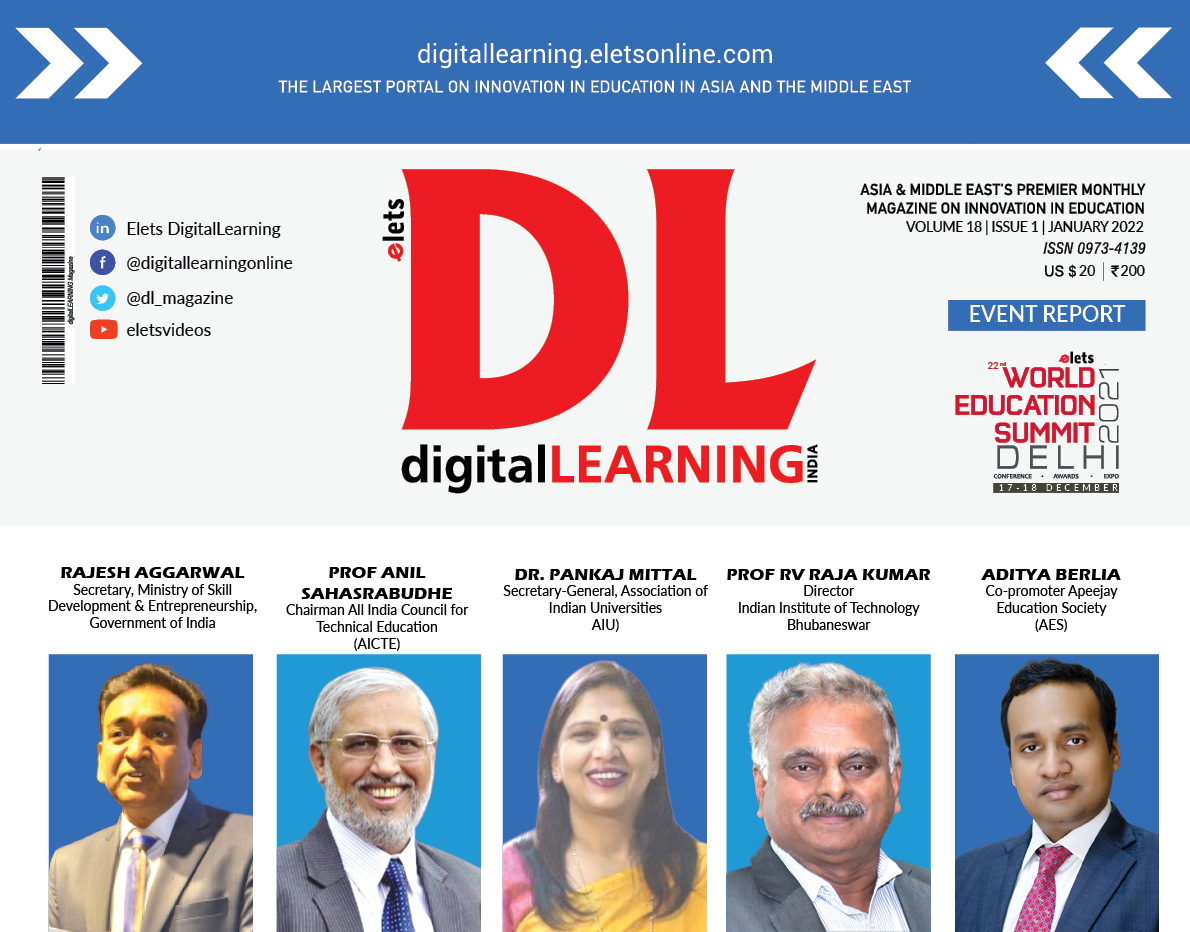Anu Senan, Saurabh Jain and Vivek Srinivasan, XLRI GMP Class of 2013
The great Indian growth story runs into 2013 with the sense of optimism intact even after a mediocre past year. With the renewed urgency in national policy decision making by the Central Government, the world is looking at us with trust and hope. India makes a great business destination for the West due to its capacious middle class customer base, ever increasing disposable income and the low-cost skilled labour force. Moreover, globalisation will continue to transform India’s economy and will provide exciting career opportunities to young professionals who possess market-driven skills. As we continue our long strides towards the dream of a developed economy, there is still a long way to go in terms of filling the gaps in various sectors due to poor employability.
Today, while the demographic data supports the Indian expansion and investments plans of the world players, unemployability poses a greater challenge than unemployment. India Labour Report 2012 has brought out some remarkable if not unsettling findings. One million people will join the labour force every month for the next twenty years without adequate training. Employability is a matter of great concern as firms hire young graduates every year only to find them grossly under-skilled. This can lead to lower hiring standards at the entry levels of the organisation and increased salaries for top management in order to retain talent. Both these strategies will only lead to poor productivity in the long run.
Most industries like Information Technology, Biotechnology, Healthcare, Energy, etc demand a few basic features from the higher education system. These include English literacy, digital literacy, soft skills, industry relevant skills, certifications etc. According to the latest findings, at least 12 million students take the class 12 examinations every year. But only five million end up going for higher education. Measures have to be taken to understand the reasons behind it and encourage more students to pursue learning.
Institutions providing evening courses are a good way to implement this. Students who are already enrolled for regular courses can avail of these opportunities without jeopardising their existing academic courses. Evening courses are also a great way to save on time and money – two variables that are very crucial to the Indian youth. To attract students to these courses, industries must provide grants or scholarships to deserving candidates who otherwise would be unable to fund these programmes themselves. Industries should also tie up with relevant certification bodies to provide certifications at a discounted price to the students. Certifications are a great way to increase the employability of a student and many of them including the Six Sigma certifications are cross functional – they are favoured by different industries.
Vocational training courses should be designed to equip a student with skills not only required for the job in his prospective industry but also to help him appreciate the importance of competencies and soft skills. Currently, vocational training is provided at the school level but it should be extended to higher education level too. The challenge lies in encouraging the industry to be the primary driver in designing courses for students. In this fast changing world the involvement of the industry at the grassroot level will ensure that students learn more than what is available in the textbook. The Ministry of Education must step in and take measures to improve the already deplorable condition of these courses. They lack good infrastructure and qualified teachers. Industry can fill in this gap easily. By incorporating appropriate courses at the university level, the vocational training courses can be mobilised and rebranded.
There also have been attempts to develop customised training solutions for companies that the students can go through at the time they are still studying or waiting for the joining dates. In the recently held HR conference in XLRI Jamshedpur, Mohan Bala, VP at Excellere, shared the developments to conceptualise training programmes keeping the industry requirements in mind, which help prospective employees utilise their wait time effectively, thereby reducing the training time substantially.
In the area of talent, India has to strengthen its technical and management resources as these are crucial to knowledge-based industries. An industry-driven approach to higher education must evolve that will not only solve the problem of employability but also encourage innovation. This revolution will be the key differentiator in the next generation innovation wave.






















